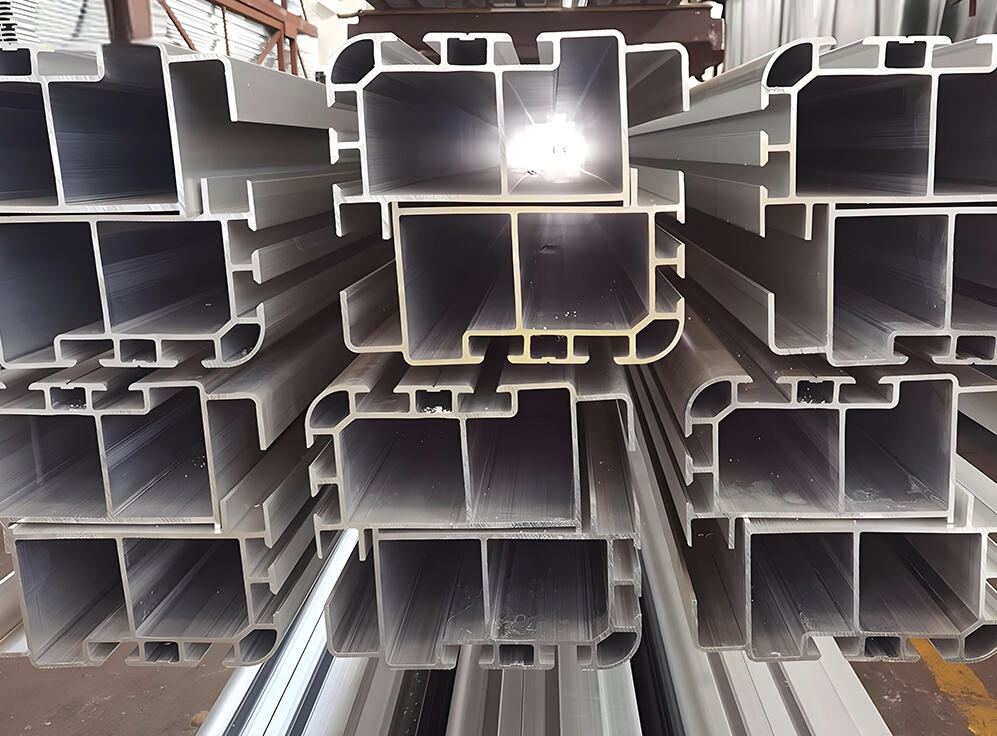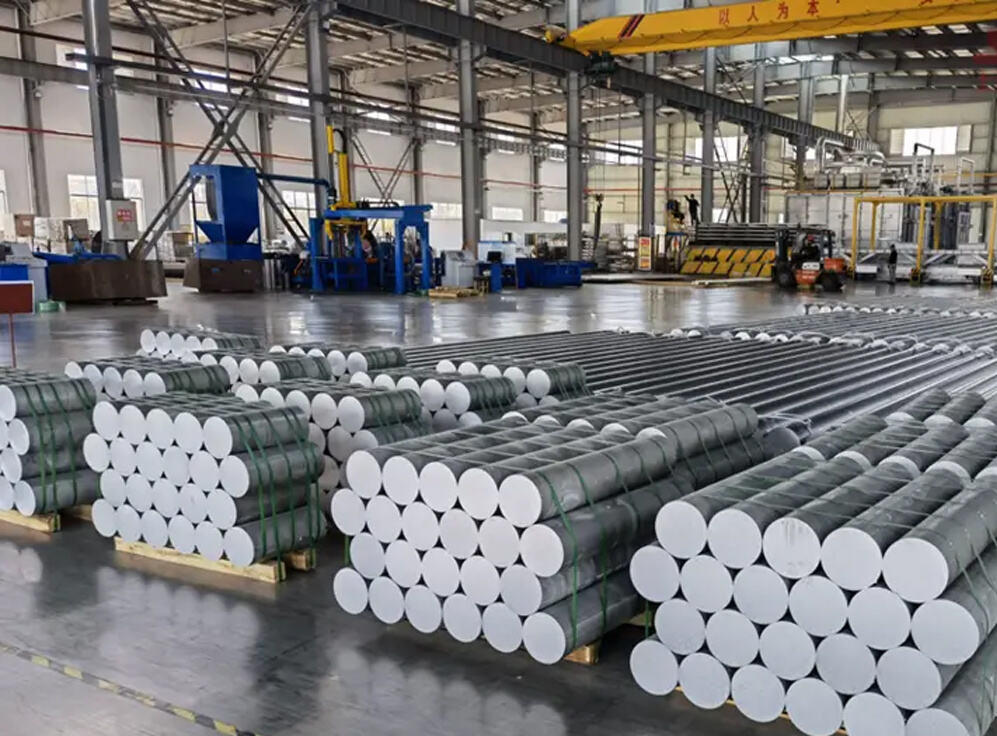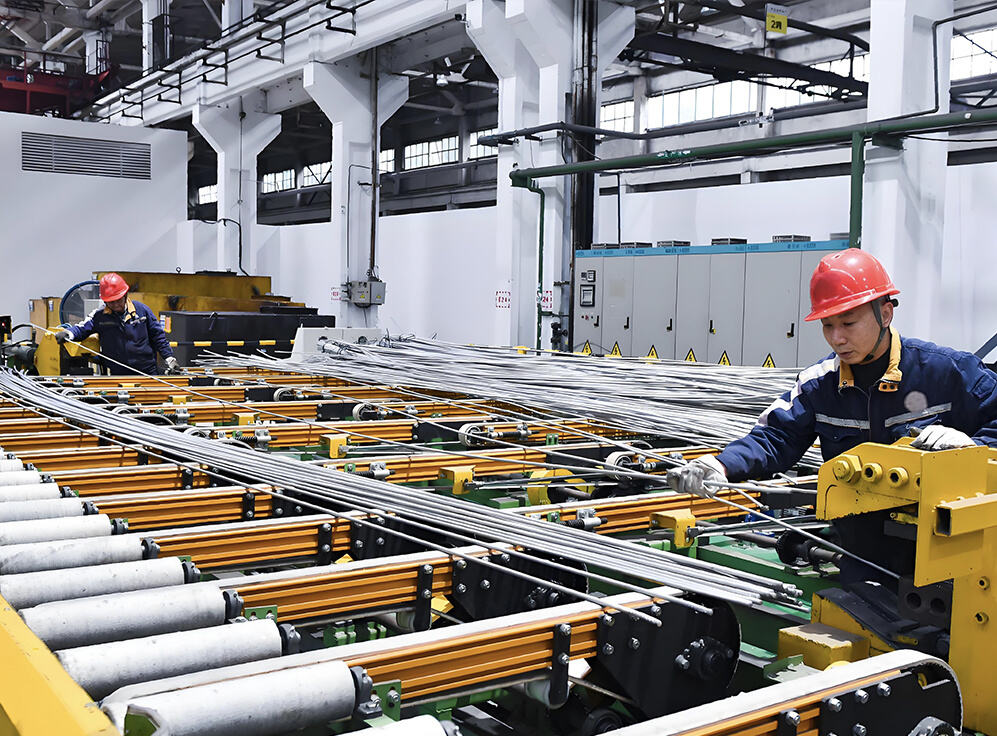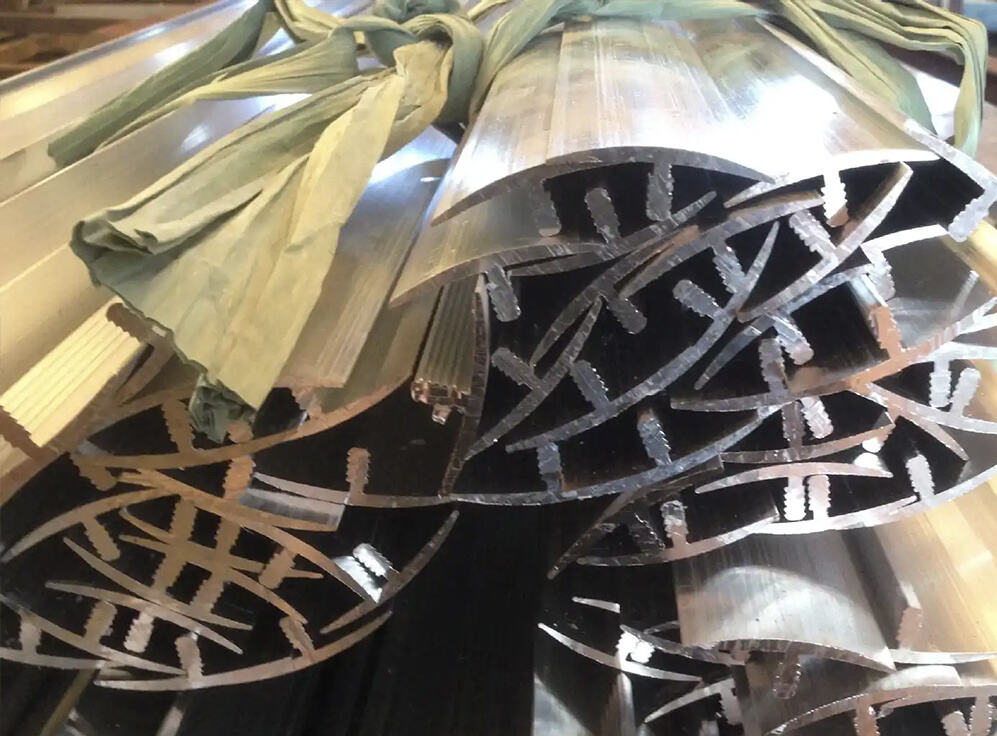Application Status


• Widespread Use in Critical Components:Aluminum alloys,with their excellent mechanical properties,low density,and good machinability,have been widely used in the aerospace field.In the aviation sector,they are extensively employed in the manufacturing of structural components such as aircraft fuselages,wings,connectors,and landing gear.In the aerospace sector,they are widely used in critical components such as rocket thrusters,liquid oxygen combustion chambers,propulsion systems,and structural components.
• Main Alloy Series:The 2000 and 7000 series aluminum alloys are the most commonly used in the aerospace field.The 2000 series aluminum alloys,primarily composed of aluminum,copper,and magnesium,have excellent heat resistance and are suitable for manufacturing high-temperature-resistant components in aerospace applications,such as heat-resistant parts working at temperatures ranging from 150°C to 250°C,heat-resistant weldable structural components,and forgings.The 7000 series aluminum alloys,mainly composed of aluminum,zinc,magnesium,and copper,can be strengthened through heat treatment.Their excellent machinability,corrosion resistance,and high toughness make them the main structural materials in aerospace.For example,the upper wing skins and wing stringers of the Boeing 777 aircraft are made of 7000 series aluminum alloys.
• Technological Innovation Drives Application Upgrades:With continuous technological progress,new types of aluminum alloy materials and processing technologies have emerged.For example,the oxide dispersion-strengthened aluminum alloy developed by Professor He Cunian's team from Tianjin University has successfully increased the service temperature of aluminum alloys from 350°C to 500°C,solving the problem of using aluminum alloys in high-temperature environments above 400°C.This provides a material with superior performance for aerospace applications in high-temperature environments.In addition,the development of innovative production processes such as powder metallurgy and spray forming has also made it possible to produce lightweight aluminum alloy materials with better performance.
• Domestic Development:China's research on high-strength and high-toughness aluminum alloys started relatively late,initially focusing mainly on copying foreign alloys.In recent years,China has increased its research and development efforts,forming a joint force of research institutes and enterprises to complete a series of major national projects and achieving good results.China has now basically acquired the capability to mass-produce high-strength aluminum alloy materials,meeting the application needs of major national projects.However,compared with the international advanced level,there are still gaps in terms of the majority of products being copies,weak basic research,and outdated production and processing equipment.
Application Prospects


• Market Size Growth:It is predicted that the global market size of aluminum alloys for aerospace applications will grow at an annual compound rate of 5.50%from 2024 to 2029.By 2029,the global market size of aluminum alloys for aerospace applications is expected to reach 99.343 billion yuan.The continuous growth of the market size reflects the broad demand prospects for aluminum alloys in the aerospace field.
• Increasing Demand for High-Performance Aluminum Alloys:The continuous development of aerospace technology has put forward higher requirements for material performance.In the future,the demand for high-strength,high-toughness,highly corrosion-resistant,and high-temperature-resistant aluminum alloys will further increase.For example,aluminum-lithium alloys,with their lower density and excellent comprehensive properties,are expected to be more widely used in the aerospace field.They can be used to manufacture key structural components of aircraft,launch vehicles,spacecraft,and weapon systems to meet the needs of weight reduction and performance improvement in aerospace products.
• Advanced Manufacturing Technologies Boost Aluminum Alloy Applications:The development of advanced manufacturing technologies such as 3D printing has brought new opportunities for the application of aluminum alloys in the aerospace field.With 3D printing technology,it is possible to manufacture complex-shaped and high-precision aluminum alloy components,which can improve production efficiency,reduce costs,and further expand the application scope of aluminum alloys in the aerospace field.
• Considerations for Sustainable Development:Against the backdrop of environmental protection and sustainable development,the recyclability and regenerative value of aluminum alloys will receive more attention.Developing regenerative aluminum alloy technology and increasing the recycling rate of aluminum alloys can not only reduce resource consumption and production costs but also help reduce environmental impact,in line with the requirements for sustainable development in the aerospace field.